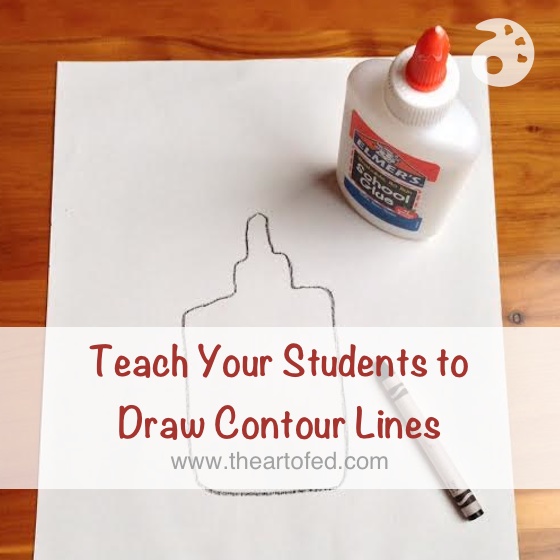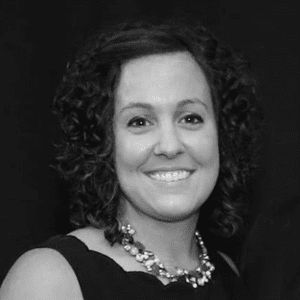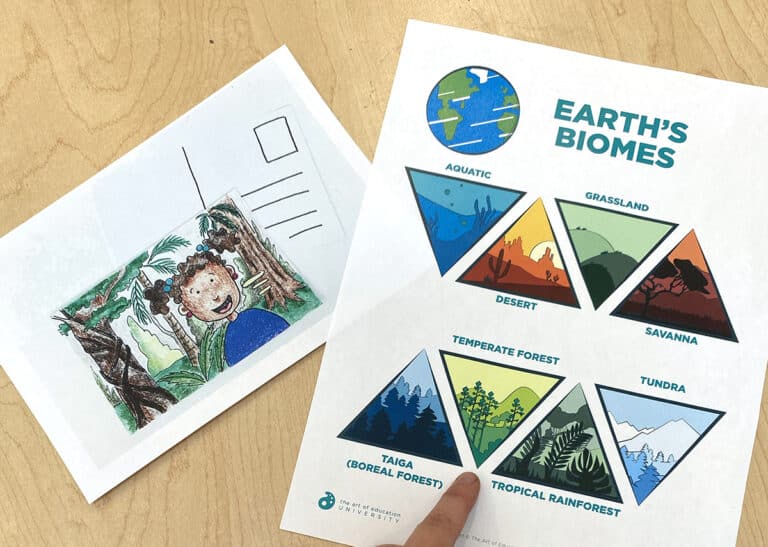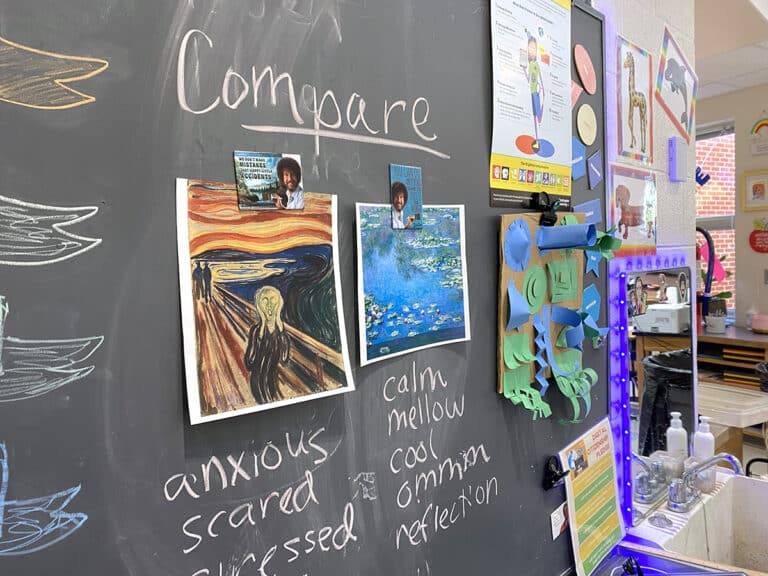Teaching contour line is a simple way to hone students’ observational drawing skills, preparing them for more advanced drawing activities to come. Because the idea, drawing the outline of an object, is so simple, it can be difficult to find ways to teach it creatively. In addition, it sometimes is difficult for students to understand at first. You’ll always have a few that can’t resist drawing in all the details! However, you CAN introduce observational drawing at any level, even kindergarten!
Here are some of my tried and true tips to teach contour line at any age!
1. Using whiteboards, give students an an opportunity to practice.
This will take the pressure off and save some paper!
2. Start with objects that are simple and familiar.
Glue bottles and scissors are some of my favorite objects for practicing.
3. Provide a variety of real-life examples.
For your demonstration, bring in a large sheet of butcher paper, and have one of your students lay down as you trace his or her outline. This ‘larger than life’ demo will really stick.
4. Show examples of contour line in real pieces of artwork.
Looking at aboriginal bark paintings is one of my favorites, but the options are endless. Have students go on a hunt for contour lines in pieces of fine art.
5. Allow students a chance to trace the contour lines on top of a piece of art.
You can do this by using an App, such as Sketchbook Express on the iPad, or even by using laminated pieces of artwork and dry erase markers.
6. Use alternative materials to teach contour line.
Yarn and wire are some of the simplest. I love to purchase the “TwisteezWire” because it’s colorful and easy to bend.
It’s so important to make the building blocks of your curriculum fun and interesting for students. Most importantly, you want students to learn and transfer this new knowledge and apply it in a variety of ways within their artwork. Hopefully some of these tips will help you teach contour line in new ways.
Do you teach contour line in your curriculum?
Tell us your tricks!
Magazine articles and podcasts are opinions of professional education contributors and do not necessarily represent the position of the Art of Education University (AOEU) or its academic offerings. Contributors use terms in the way they are most often talked about in the scope of their educational experiences.





